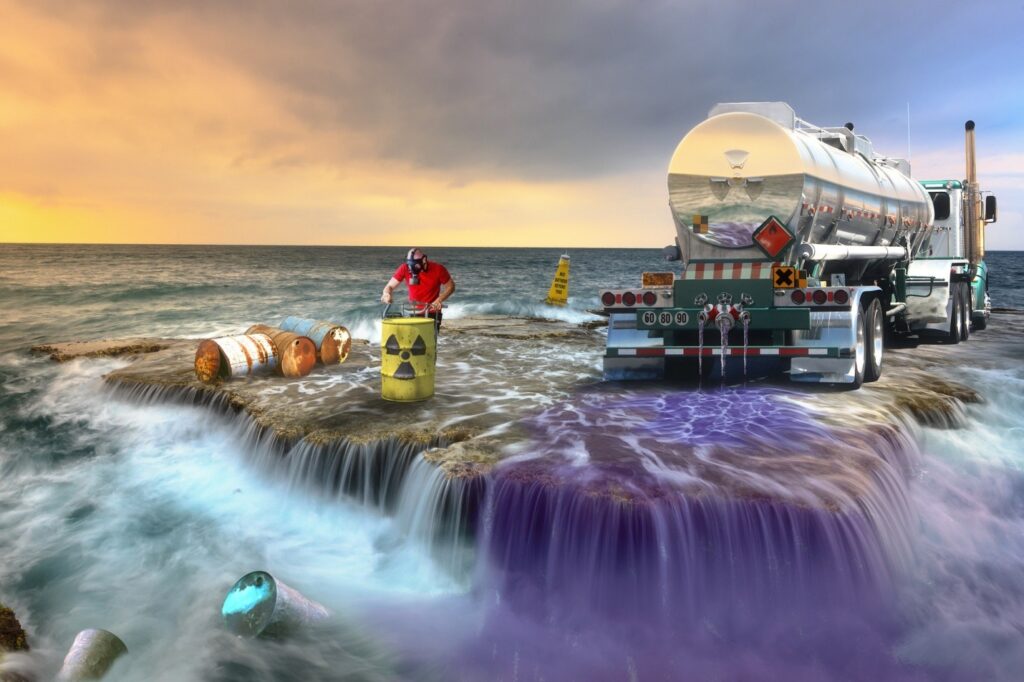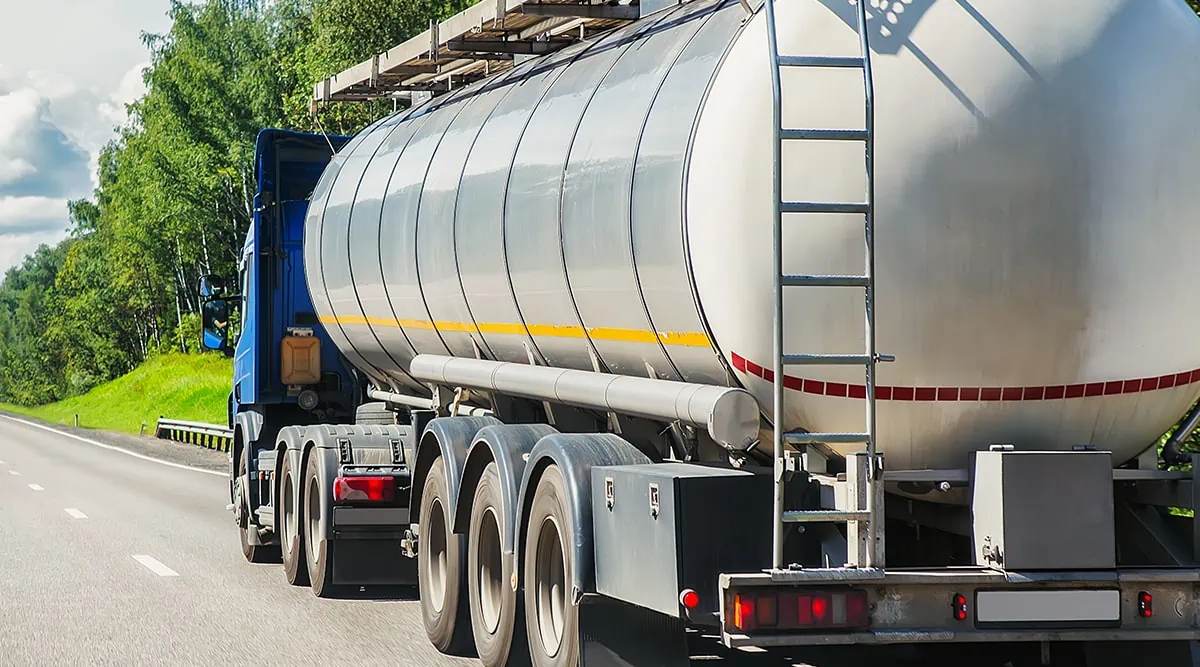The Reclaim Waste PDFs
The Reclaim Waste PDFs
Blog Article
Everything about Reclaim Waste
Table of ContentsThe Basic Principles Of Reclaim Waste The Best Guide To Reclaim WasteRumored Buzz on Reclaim WasteSome Known Incorrect Statements About Reclaim Waste More About Reclaim Waste
Discover the kinds, occurrences, and forms of liquid waste. Residential sewer waste refers to the waste and products from a residential sewage-disposal tank. This kind of waste is developed by humans in houses, colleges, and various other buildings. This only consists of sewage-disposal tanks that have a drainpipe field. The correct administration and disposal of domestic sewage waste need fluid waste to be transferred to a sewer treatment plant where the appropriate methods and equipment are related to detoxify and throw away waste.
Business waste often includes prospective threats, such as flammable materials or a combination of liquid and solid waste products, and needs an advanced and detailed disposal procedure. The disposal of business waste commonly includes the filtration of waste prior to transportation to guarantee safe and correct disposal. Industrial waste is developed from by-products and runoff of industrial procedures and manufacturing.
This type of waste can not utilize the exact same sewage administration transport or procedures as septic or business liquids. The commercial waste administration process calls for the examination and testing of fluid waste prior to it undertakes the disposal process (industrial wastewater treatment). Drainage waste is the liquid waste that comes from runoff and excess stormwater in highly inhabited locations or cities
Overflow waste can trigger contamination and flooding if not handled appropriately. Discover more regarding drain cleaning and waste administration. Making sure appropriate waste administration can stop calamities and lower environmental harm. Both individuals in property setups and experts in industrial or production industries can take advantage of recognizing the processes and policies of fluid waste management.
The 9-Second Trick For Reclaim Waste
Call PROS Solutions today to discover our waste monitoring and disposal services and the appropriate ways to look after the liquid waste you produce.
(https://www.behance.net/leonaube)This supposed 'wastewater' is not only a crucial resource however, after treatment, will be launched to our land, rivers or the ocean. Utilized water from commodes, showers, baths, kitchen sinks, washings and commercial processes is recognized as wastewater.

water utilized to cool down machinery or tidy plant and equipment). Stormwater, a type of wastewater, is drainage that flows from farming and metropolitan locations such as roofs, parks, yards, roads, paths and rain gutters into stormwater drains pipes, after rainfall. Stormwater flows unattended directly to regional creeks or rivers, at some point reaching the ocean.
Fascination About Reclaim Waste
In Queensland, the majority of wastewater is treated at sewer treatment plants. Wastewater is delivered from domestic or commercial sites with a system of sewage systems and pump stations, known as sewerage reticulation, website here to a sewage treatment plant.
The Division of Natural Resources suggests city governments regarding managing, operating and keeping sewage systems and treatment plants. In unsewered locations, local federal governments may require owners to set up private or house sewage treatment systems to deal with domestic wastewater from toilets, kitchen areas, bathrooms and laundries. The Department of Natural Resources authorises making use of household systems when they are verified to be effective.
In some brand-new communities, treatment of some stormwater to get rid of litter, sand and crushed rock has started utilizing gross pollutant catches. Wastewater treatment happens in four phases: Removes strong matter.
Wastewater after that streams right into big storage tanks where solids resolve and are gotten rid of as sludge. Oil and residue are skimmed from the surface. Makes use of small living organisms referred to as micro-organisms to break down and get rid of continuing to be dissolved wastes and great particles. Micro-organisms and wastes are incorporated in the sludge. Gets rid of nitrogen and phosphorus nutrients that might cause algal flowers in our rivers and endanger aquatic life.
The Ultimate Guide To Reclaim Waste
Nutrient elimination is not offered in all sewer therapy plants due to the fact that it calls for pricey specialized tools. It is becoming much more common in Queensland. Clear liquid effluent created after therapy might still consist of disease-causing micro-organisms. If this effluent is released right into waterways such as rivers or the sea, the micro-organisms will eventually die out.

Many wastewater moves right into the sewage system. Under the Act, neighborhood governments carry out approvals and permits for ecologically relevant tasks (Periods) including wastewater releases that might have a regional influence.
The Of Reclaim Waste
Or else, samples are taken for research laboratory analysis. Usually lots of tests are needed to establish the levels of each of the different contaminants such as oils, heavy metals and pesticides in water. Surveillance gives factual info regarding water quality and can verify that licence conditions are being fulfilled. The information obtained through tracking offers the basis for making water high quality decisions.
Report this page